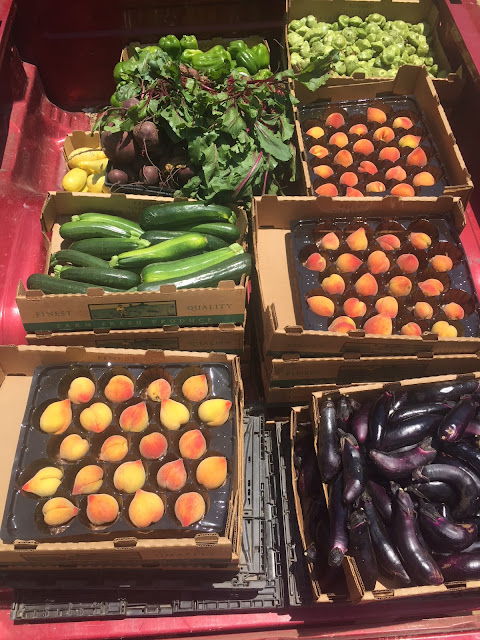I have a trio of pilgrim geese that were laying eggs and were becoming broody. Broody means they want to start sitting on the nest to hatch the eggs. If you cannot provide them a safe place to sit, it isn't good to let them hatch eggs. They will sit on a next and become easy prey for predators, especially at night. You will usually loose the nest and often the hen to predation. I decided to put them in a covered kennel to let them sit on their eggs where they could be safe. Both hens made a large nest and had 17 eggs between the two of them. The gander (white) loved to sit up high and watch over them.
I wasn't expecting that many to hatch as they were young hens and this was their first next, so sometimes they don't know what they are doing and only 1-2 will hatch. Much to my surprise 12 of the 17 hatched. Here are images of the babies. Pilgrim geese are a auto-sexing breed which means you can tell the males from the females based on color. Males are white, females are grey. Even as babies, the females will be darker with a grey beak. The first three pictures show a baby female. Baby geese are very cute. The male also plays a role in raising them. Geese are very social and are constantly chattering with each other, including the babies.





























